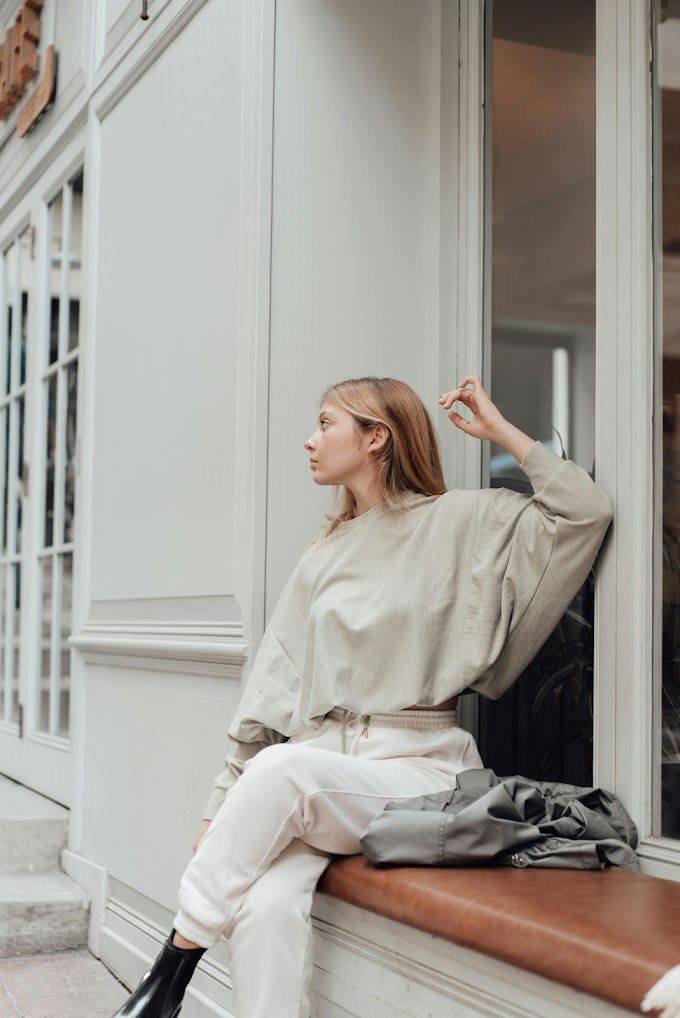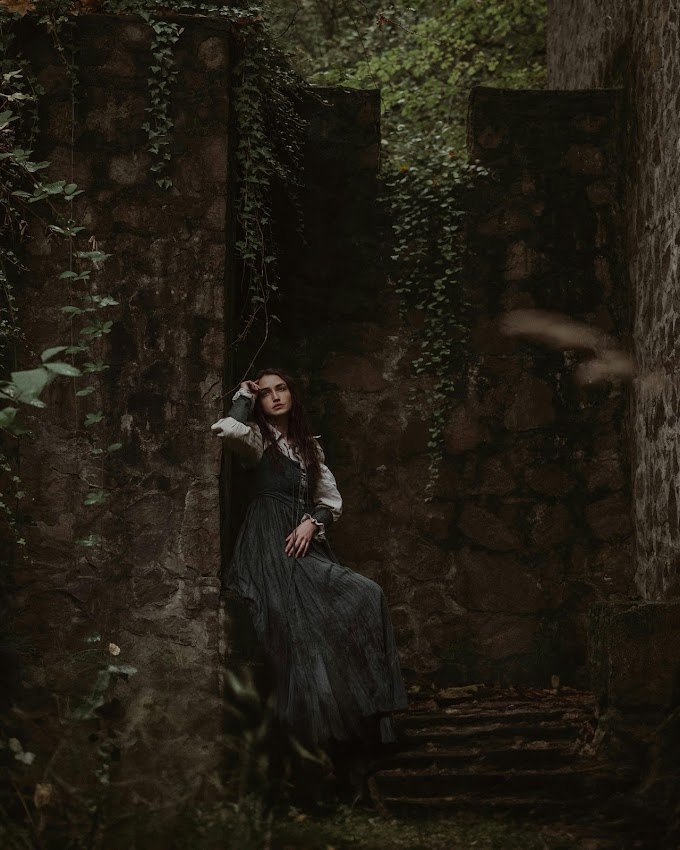The Beatnik Fashion of the 1950s: An Iconic Era of Rebellion and Style
Introduction
The 1950s was a transformative decade, characterized by social change, cultural shifts, and an emerging counterculture. Among the various movements of the era, the Beatnik subculture stands out for its profound influence on fashion and style. Beatnik fashion not only reflected the rebellious spirit of the time but also laid the groundwork for future fashion trends. In this article, we will explore the origins of Beatnik fashion, its key elements, and its lasting impact on the fashion world.
Origins of Beatnik Fashion
The Birth of the Beatnik Movement
The Beatnik movement emerged in the late 1950s, driven by a group of writers and artists who sought to challenge the norms of mainstream American society. Influenced by the Beat Generation's literary works, such as Jack Kerouac’s On the Road and Allen Ginsberg’s Howl, the Beatniks were known for their disdain for materialism and conformity. This cultural rebellion was not only expressed through their writing and art but also through their distinctive fashion sense.
Influences and Inspirations
Beatnik fashion drew inspiration from various sources, including the bohemian styles of 19th-century artists, the avant-garde movements in Europe, and the jazz culture that was prevalent in the United States. The Beatniks embraced a nonconformist attitude, which was reflected in their unique and often unconventional clothing choices.
Key Elements of Beatnik Fashion
The Classic Black Ensemble
One of the most recognizable aspects of Beatnik fashion is the iconic black outfit. The classic Beatnik look typically featured a black turtleneck or sweater, black pants or skirts, and black berets or beret-like hats. This monochromatic palette was a deliberate choice, symbolizing a rejection of the vibrant, consumer-driven fashion of the time. The simplicity of the black ensemble allowed Beatniks to stand out through their style's understated elegance.
High-Contrast and Minimalism
Beatnik fashion was characterized by its minimalist approach. High-contrast clothing, such as black and white combinations, was a hallmark of the style. The minimalist aesthetic was a rebellion against the ornate and elaborate fashions of the 1950s, emphasizing instead a clean and unadorned look. This minimalism extended to accessories as well, with Beatniks often opting for simple, understated jewelry and avoiding flashy or excessive adornments.
The Influence of Jazz Culture
Jazz music played a significant role in shaping Beatnik fashion. The Beatniks, who were often associated with jazz clubs and bohemian hangouts, adopted elements of jazz culture into their style. This included the adoption of berets and other hats commonly worn by jazz musicians, as well as a relaxed, effortless demeanor that mirrored the laid-back attitude of jazz performers. The connection between jazz and Beatnik fashion reinforced the movement's artistic and cultural roots.
The Rebellion of the Uniform
The Beatniks' choice of uniform-like clothing was a form of rebellion against the conventional norms of the time. By adopting a uniform of black turtlenecks and berets, they made a deliberate statement about their resistance to mainstream fashion and societal expectations. This uniformity also helped to create a cohesive visual identity for the Beatnik subculture, allowing its members to be easily recognized and associated with their distinctive style.
The Beatnik Fashion Icons
Jack Kerouac and Allen Ginsberg
Two of the most prominent figures in the Beat Generation, Jack Kerouac and Allen Ginsberg, were also influential in shaping Beatnik fashion. Kerouac, known for his rugged and nonchalant style, often wore casual, relaxed clothing that reflected his free-spirited nature. Ginsberg, on the other hand, was known for his more artistic and bohemian approach to fashion, frequently sporting turtlenecks and berets that became synonymous with the Beatnik look.
Famous Figures and Cultural Impact
The Beatnik movement was popularized in part by the media and cultural figures who embraced the style. Actresses such as Audrey Hepburn and artists like Andy Warhol were seen sporting Beatnik-inspired clothing, further cementing its place in popular culture. The Beatnik fashion also made its way into Hollywood films and television shows, where it was depicted as a symbol of rebellious youth and creative expression.
The Legacy of Beatnik Fashion
Influence on Future Trends
The Beatnik fashion of the 1950s had a lasting impact on future fashion trends. The minimalist and monochromatic aesthetic of Beatnik style influenced the development of various fashion movements, including the mod style of the 1960s and the punk fashion of the 1970s. The emphasis on simplicity and individuality continued to resonate in subsequent decades, shaping the evolution of modern fashion.
Beatnik Fashion in Contemporary Culture
Today, Beatnik fashion continues to inspire contemporary designers and fashion enthusiasts. The timeless appeal of the black turtleneck and beret remains a popular choice for those seeking a classic, sophisticated look. Additionally, the Beatnik movement's emphasis on artistic expression and nonconformity resonates with modern fashion's focus on individuality and self-expression.
Modern Interpretations
Contemporary fashion designers often draw on Beatnik influences, incorporating elements of the style into their collections. Modern interpretations of Beatnik fashion can be seen in the work of designers who embrace minimalist aesthetics and timeless elegance. The influence of Beatnik fashion is also evident in street style, where the classic black ensemble and beret continue to be popular choices.
Conclusion
The Beatnik fashion of the 1950s was a defining aspect of the Beatnik movement, reflecting a broader cultural rebellion against societal norms. Characterized by its minimalist approach, monochromatic palette, and influence from jazz culture, Beatnik fashion remains an iconic symbol of artistic and individual expression. Its lasting impact on the fashion world is a testament to the enduring power of style as a form of cultural and personal identity.
As we look back on the Beatnik era, it is clear that the fashion of the time was more than just a trend—it was a statement. The legacy of Beatnik fashion continues to inspire and influence contemporary style, proving that true fashion transcends time and remains a powerful form of self-expression.
This article provides a thorough exploration of Beatnik fashion, highlighting its origins, key elements, and lasting impact. If you have any specific keywords or additional topics you’d like to include, let me know!








